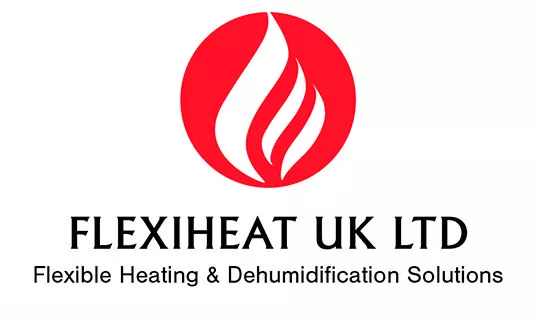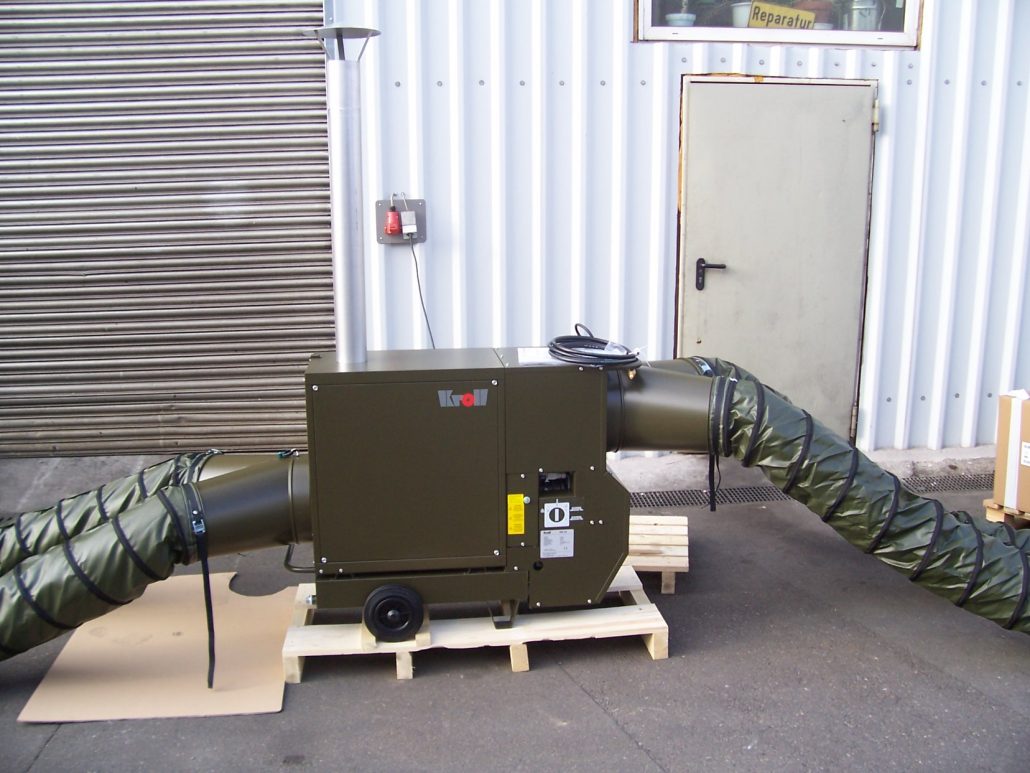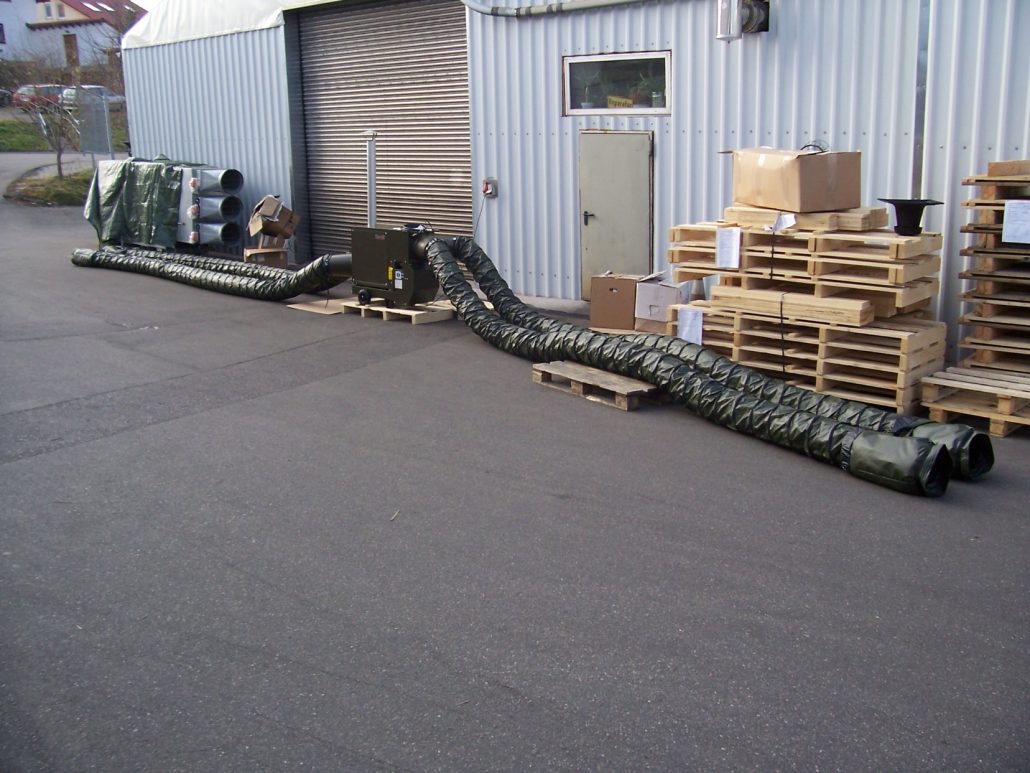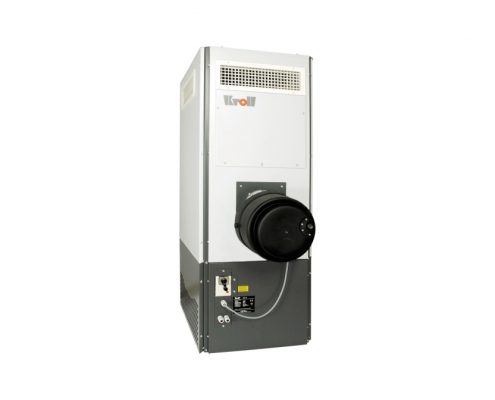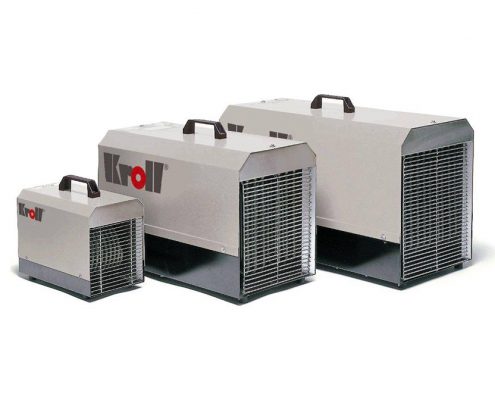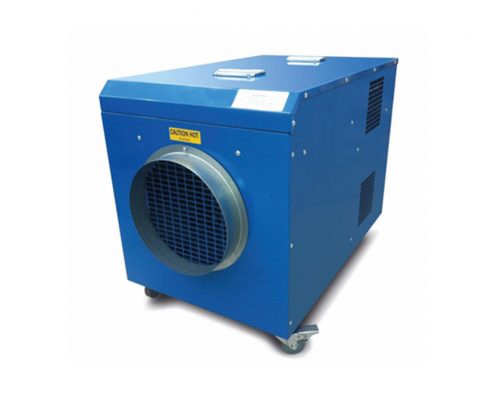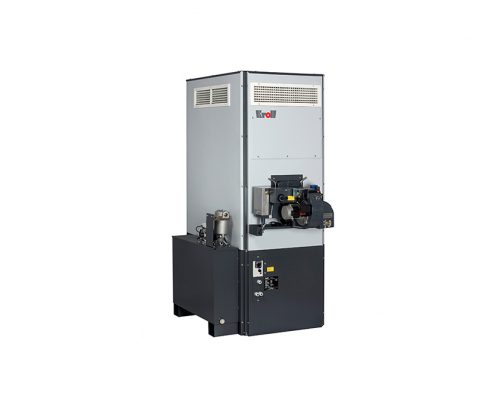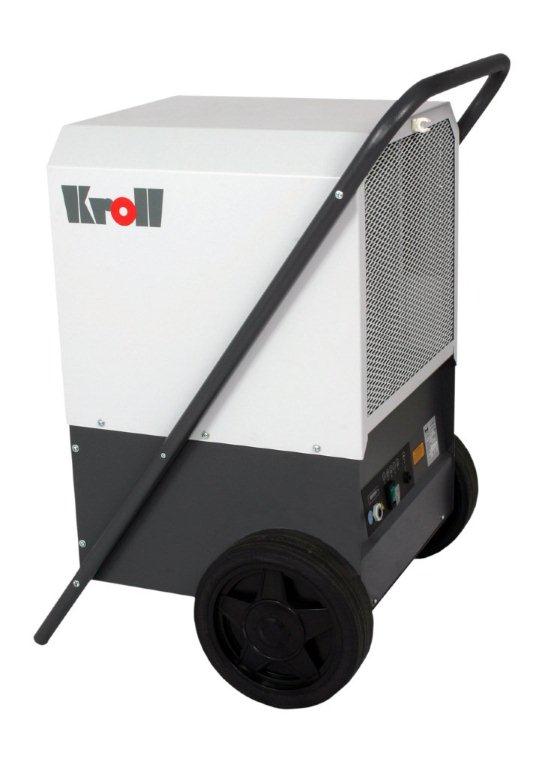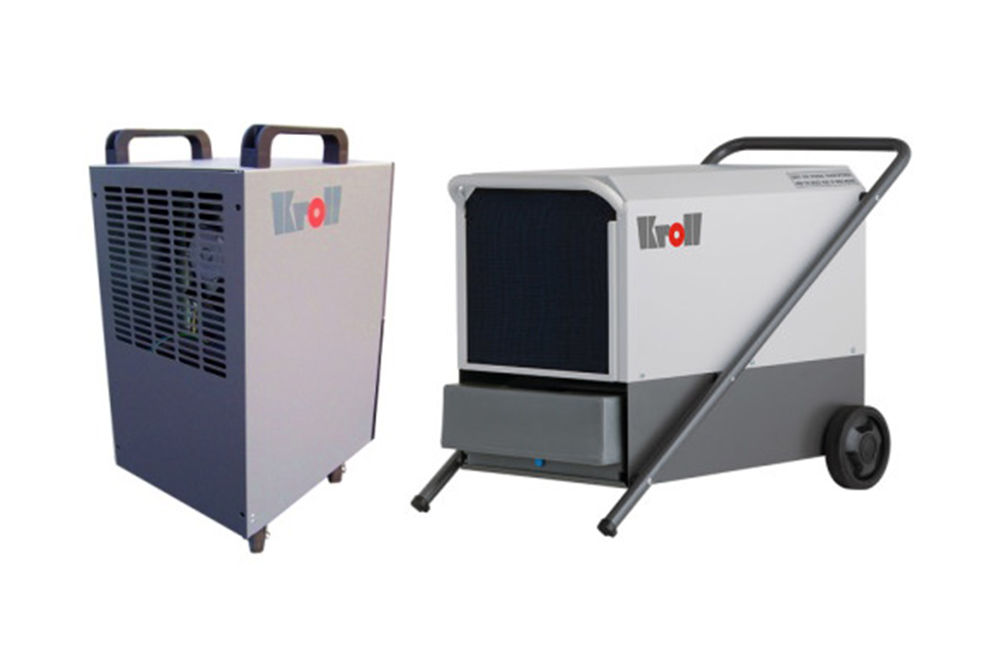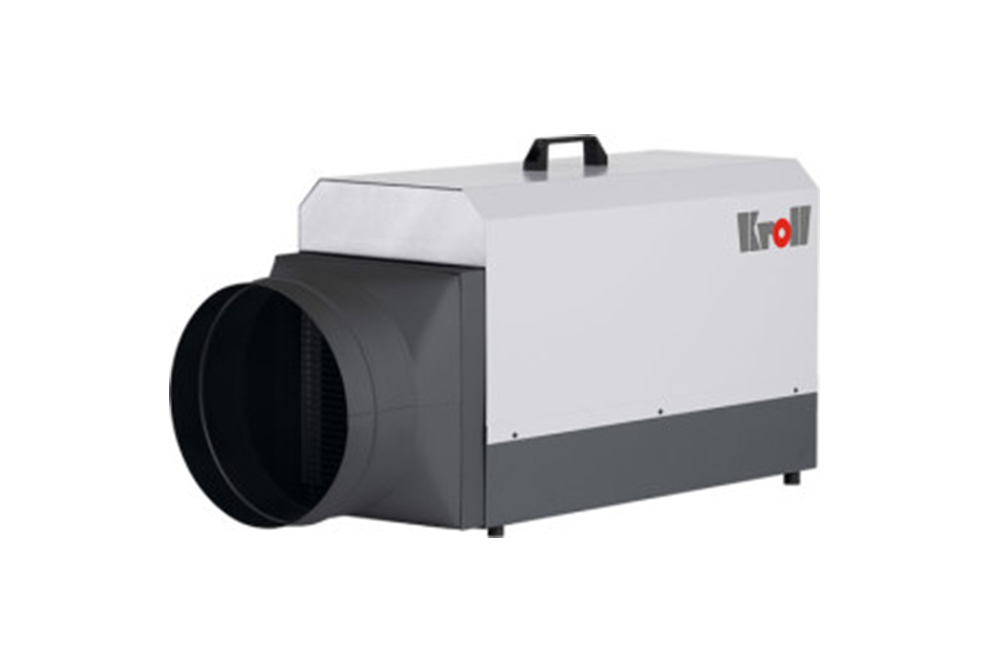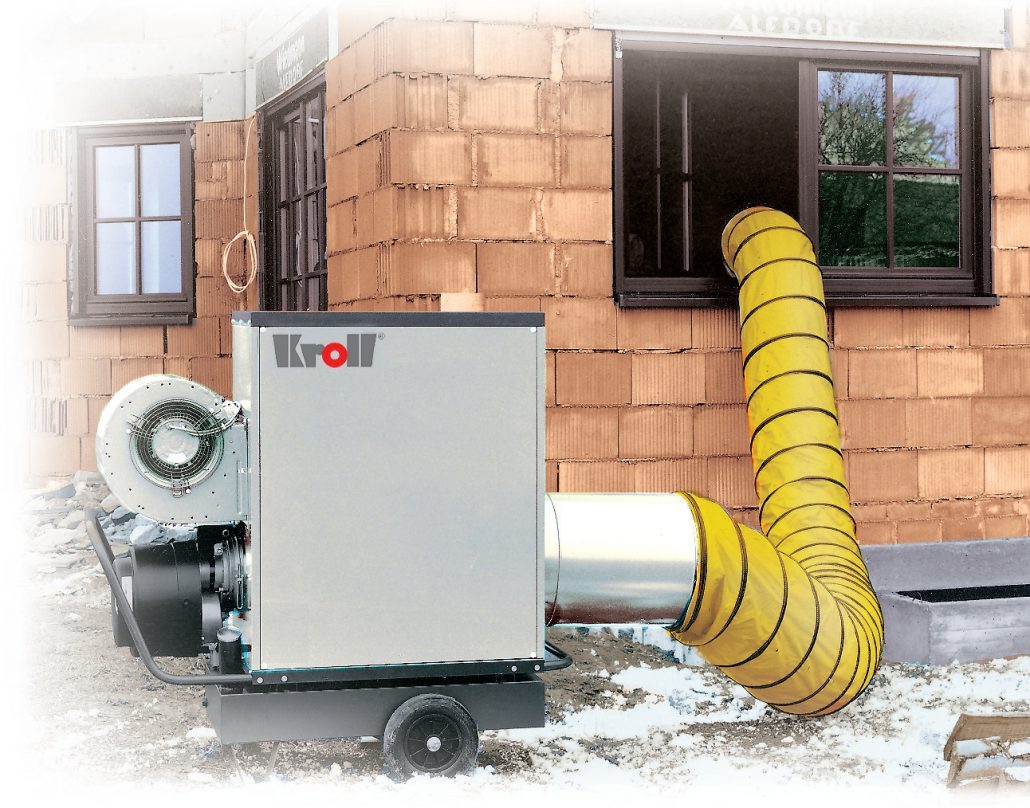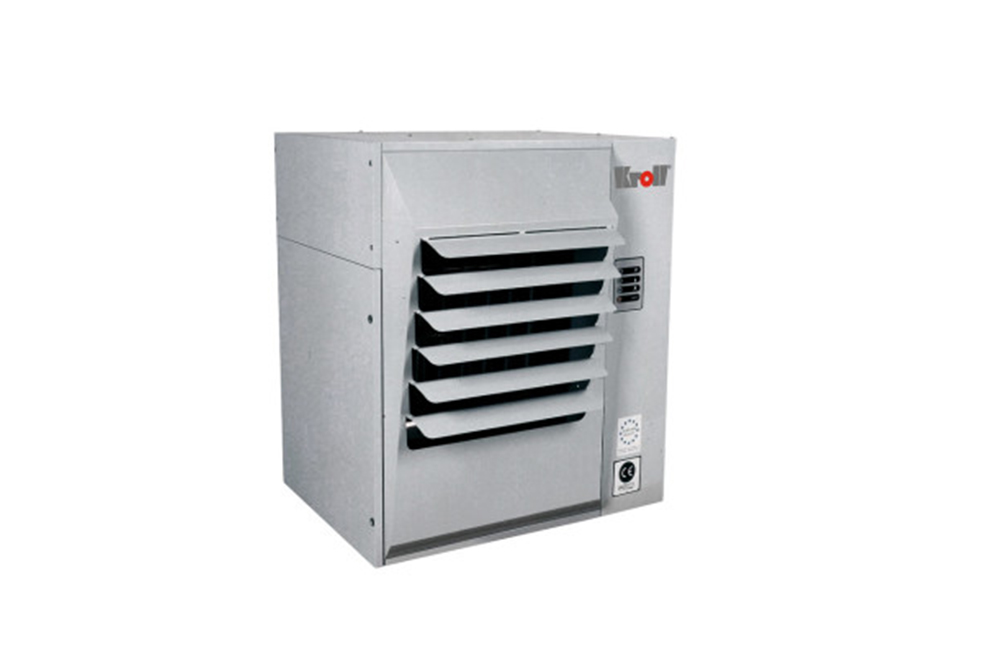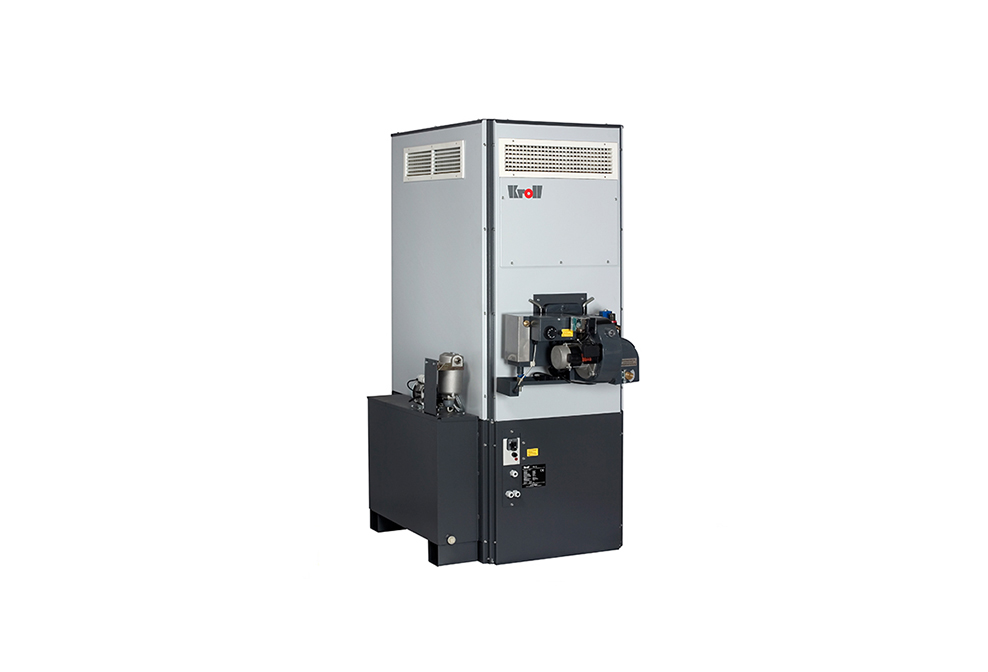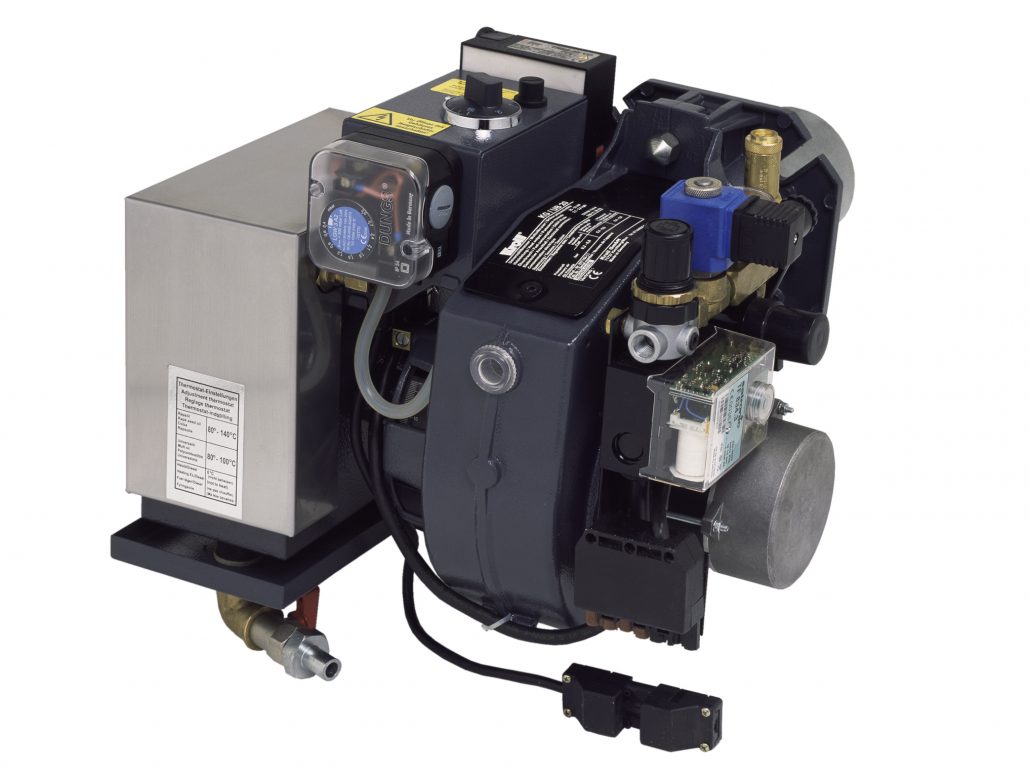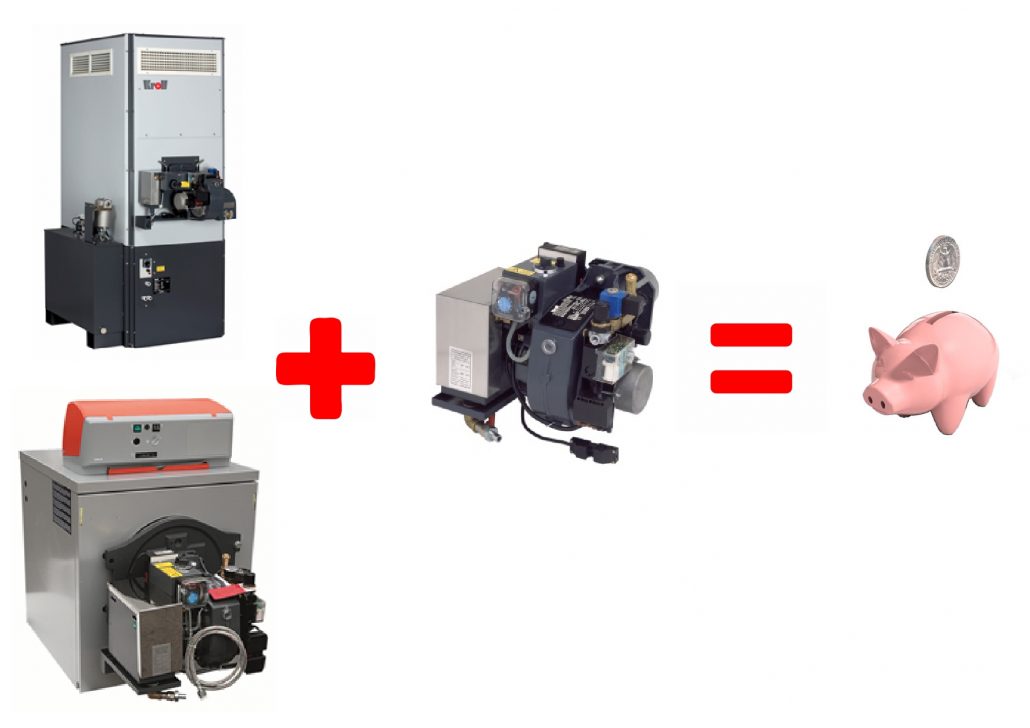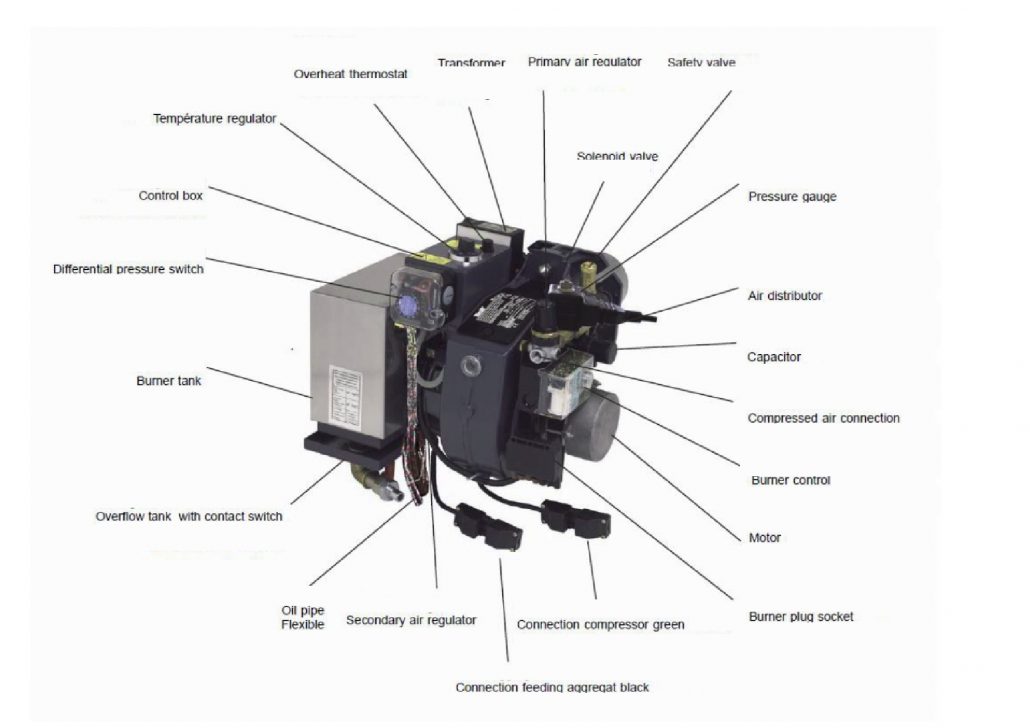Archive for year: 2016
Military Grade Warm Air Mobile Heaters
/in News /by flexiheatMilitary Grade Warm Air Mobile Heaters – Here at Flexiheat UK, not only do we don the standard mobile warm air heaters , for construction sites , the rental industry , marquee heating etc , but we also do more demanding requirements , that you often find that the armed forces require. These tend to be that the units have to be able to dropped from height, thus ensuring that they can resist so many “G” force , can run on jet fuel , as well as the standard gas oil / kerosene or natural gas / LPG Gas . Whatever the requirements , we can supply warm air mobile heaters to for-fill these tasks . We keep our client list confidential as you can appreciate , but if you require any military grade mobile warm air heaters , then we are the people to deal with.
The picture above , shows one of the mobile warm air units that we have produced for an armed forces nation , and shows one the bespoke things that we can do , for example the colour , which you can specify etc.
To be honest , our standard warm air indirect mobile heaters , the “M “range, have many of the features of the military grade units which are designated as our “MM” range, in that they can be used down to temperatures as low as minus 20° C etc , and our “MM” range of Military grade warm air mobile heaters are just adaptations of these units , with bespoke requirements suited to each individual customer.
Below you can see one of our military grade warm air mobile heaters, coupled up with two warm air flexible air hoses on the outlet side , and two re-circulation air inlet hoses on the inlet side. This configuration will ensure that the area being heated , will not only heat up faster , but will mean that fuel requirements can be 25 – 30% lower compared to units working with fresh air taken from the environment
For more information on our range of warm air heating solutions, please click on our main products page here . Alternatively, please give us a call on 01202 822222 and our dedicated sales team will be happy to offer advice and assistance or contact us by mail by clicking here
Take Advantage of Our Garage Heater Knowledge
/in News /by flexiheatGarages aren’t known for being warm, comfortable spaces to work, but that doesn’t mean they can’t be. With the help of a garage heater, your commercial or industrial environment can become a warm, dry place to work.
Garages can often feel quite cold and damp, especially during cold weather but it needn’t be that way. As they are quite confined spaces, often lined wall to wall with spare parts and tools.
However, it is essential that your garage interior is kept warm and dry to protect all those parts, tools and vehicles that you may have stored in there, let alone your staff . That’s where investing in a heater that’s specific to the environment can come in handy. Providing reliable warmth and helping to keep the air within your garage dry and moisture free, our range of heating systems is perfect for all types of garages or workshops.
No matter whether you own a small one-vehicle garage or a larger, warehouse-like commercial car garage, we have a selection of gas and oil heaters for you to choose from which suit a variety of needs and requirements.
We know that many businesses and individual customers are working to a tight budget, which is why we aim to provide a selection of products that covers a wide range of budgets. No matter how big or small your budget is, we are sure that we will have a product to suit both your budget and your needs.
There are four main types of garage heaters available: electric, natural gas or propane gas and oil. Electric heaters are easy to install, efficient, and require little maintenance. You simply plug them in when needed, adjust the thermostat to the desired temperature, and unplug when you’re done, but the larger outputs output units require 3 phases /400Volt supply.
Gas heaters and oil heaters are often the most inexpensive option, but they require access to a natural gas supply. Propane heaters need a propane tank, and oil require an oil tank
Suspended Warm Air Heater – Gas or Oil Fired
Stationary Warm Air Heater – Oil or Gas Fired
Industrial Electric Heaters
Larger Industrial Electric Heaters
Or you can utilise one of our waste oil heaters, either manual fired, or fully automatic operation, and use your waste oil!
Benefits of Installing a Garage Heater
When you choose the right type of heater for your garage, it’s relatively inexpensive to run and much cheaper than insulating the whole space.
For garages that house workshops, a heater is essential. It’s hard to get anything done if you have to bundle up in winter gear just to stay warm. Instead of shivering your way through every project, you can turn on the garage heater and work in comfort.
Finding the most suitable heating solution for a garage or outhouse may seem like a difficult task, but with the help of the experts that we have working with us here at Flexiheat UK, it’s much easier than you think! You’ll be feeling the benefits of your brand new gas or oil heater in no time!
Small Waste Oil Burners – Regulations
/in News /by flexiheatWe have received notification from the Department for Environment Food and Rural Affairs (DEFRA) that they intend to consult on whether the revised guidance in respect of Small Waste Oil Burners (SWOB) is clear.
Existing guidance allowed local authorities to consider them on a case by case basis and in most cases exempt them from the regulations and issue a simple permit costing less than £100 per year. This was generally referred to as being “exempt from the WID” (EU Waste Oil Directive).
The new guidance explicitly states that Small Waste Oil burners ARE within the scope of the Environmental Permitting (England & Wales) Regulations 2010. This clarification means that in order to continue to burn waste oil in a SWOB after 31st March 2016 it will be necessary to have a permit under Schedule 13A of the Environmental Permitting (England & Wales) Regulations 2010.
Although these will still be issued by local authorities, the fees will be set by DEFRA with an initial application fee of £3218 and an annual fee of £1,384. There is also likely to be additional monitoring requirements which will further increase costs.
This is likely to be cost prohibitive for most garages and the only alternative will be to burn non-waste fuel. It is important to note that the consultation does not ask whether SWOBs should continue to be exempt, only whether the revised guidance is clear.
NOTE: This change to the guidance affects England and Wales only, current guidance in Scotland and Northern Ireland already states that SWOBs are within the legislation.
If you currently have a permit issued by your local authority, it is likely that you will receive a letter from them shortly advising you of the changes.
Waste oil heaters, which really should be called multi oil heaters as they can operate on various alternative oils which do not require a licence from Defra. These units can be operated on 35 second heating oil, diesel, processed fuel oil (PFO) and bio oils such as rapeseed, linseed and other certain refined vegetable oils.
Our small waste oil heater, which is manual ignition, does not require any adjustment to burning the above oils.
Our automatic SZ range of waste oil heaters requires a simple adjustment to the compressed air pressure and the temperature settings of the pre-heat oil thermostat.
For more information please don’t hesitate to contact us via email or on 01202 822221
Industrial Dehumidifier – The Flexiheat Way
/in News /by flexiheatHere at Flexiheat UK, we have an extensive range of Industrial Dehumidifier or Dehumidifiers as we should correctly state. We have a full range that goes from 30 litres per day all the way up to 120 litres per day. The smallest of our range is our T24 model, the baby of the range, which is really a light commercial dehumidifier, but will still extract up to 30 litres per day. It is perfectly suited to household dehumidification, or small offices, storage rooms etc. Some of its features include –
- Integrated hygrostat
- Two speed fan
- Timer (power off) function
- Temperature & Humidity display Tank ‘FULL’ indicator & auto shut off
- 6 litre Water tank
- Permanent drain option (with 1m hose supplied)
- Removable filter
- Castors for easy mobility (removable)
- Compact & light weight design
Next we have our TK Range Industrial Dehumidifier, which has two units within the range –
The TK30 Unit – 30ltrs/24hrs and the TK60 Unit – 60ltrs/24hrs (at 30°C/90% relative air humidity)
These are only available as a 240 Volt Dehumidifier (we do dual voltage dehumidifiers -please see below) and come as standard with hours counters and an integrated hygrostat, as well as hot gas defrost which ensures higher efficiency, with less down time. Of particular interest to the rental market, is that the TK dehumidifier is stackable, saving you valuable storage space and making them easier to transport. The Kroll TK range of dehumidifiers are designed to cope with demanding site conditions, spending their time on hire.
TK main features are ;-
- Integrated hygrostat
- Steel casing, powder-coated
- Hours counter
- Drip pan
- Hot gas defrosting
- Stackable
- Drip pan
- Modularly extendible
Then we have our “TE” Industrial Dehumidifier range, one of the biggest problems with refrigerant dehumidifiers is that when the temperature in the area being dried drops, then the performance of the dehumidifier drops quite severely. Kroll being a German manufacturer and renowned for its technical expertise has come up with a solution to boost extraction rates at lower temperatures that we tend to see in the UK and Northern Europe. That engineering solution is to add a 2 kW electric heating element prior to the evaporator, which increases the air temperature, allowing it to hold more water vapour which is then removed by the evaporator. This makes the TE range of dehumidifiers extremely efficient, often removing the need to add additional heating to the area being dried, and cutting down on the time required to do the job of drying the area. The drying capacity of this range is from – 30ltrs/24hrs To -120ltrs/24hrs (at 30°C/90% relative air humidity)
TE main features are –
- Steel casing, powder-coater
- Hours counter
- Hot gas defrosting
- Drip pan
- Hygrostat connection
And last of our Industrial Dehumidifier range is our Dual Voltage Dehumidifier, which is available in two models, The T20D is a 20/ltrs a day unit and the T40D is a 40/ltrs a day again at 30°C/90% relative air humidity. With their unrivalled versatility these Kroll dual voltage dehumidifiers are a popular choice throughout the hire and flood restoration industries where they help reduce the speed of drying times and reduce water damage. The come as standard with hours counters
So as you can see Flexiheat UK has a full range to cover all your dehumidification needs. For more information on industrial dehumidifier systems, please click on our products page here. Alternatively, please give us a call on 01202 822222 and our dedicated sales team will be happy to offer advice and assistance or just contact us by mail by clicking here.
Pest Control Heat Treatment Systems
/in News /by flexiheatKill Bed Bugs & Termites Without Pesticides
The call from consumers today has changed in recent years. Today’s pest customers have been educated by the ongoing news of bedbugs in the media and the benefits of using pest control heat treatment systems or ‘Thermal Treatment as the most efficient method to the eradication of infestations
They specifically request to have heat instead of chemical insecticide treatments.
Heat does not have many limitations with respect to the number of items treated and the area to be treated. There are no chemical residues to consider and, compared to gas fumigation of areas, margins for safety are considerably greater.
With Flexiheat UK’s E18SH high temperature electric heater or our M range warm Air heater you don’t just enjoy the best return on investment in the industry, you get the original developers and a team that truly cares and is passionate about this technology as an alternate to insecticides to eradicate indoor insects.
Pesticide-based indoor bed bug control methods raise concern over the safety of occupants. Our affordable heat treatment systems offer you the ability to perform bed bug control work without relying on toxic chemical residues.
Heat is a proven technology. Our state-of–the-art tested technology developed and perfected by Kroll Energy means our equipment is designed to be a complete Pest Control Heat Treatment System without sacrificing quality or capability.
Basic Guidelines To Bed Bug Heat Treatments
Every Living Organism Has A Thermal Death Point
Bed bugs exposed to 45°C will die if they receive constant exposure to that temperature for 90 minutes or more. However, they will die within 20 minutes if exposed to 48°C. Interestingly, bed bug eggs must be exposed to 48°C for 90 minutes to reach 100% mortality.
The same process for treating bed bugs will also kill, and in some cases, completely eradicate other organisms.
Regardless of the heat source, temperatures and run times must be achieved throughout the structure to achieve the eradication of the pest !
Let’s Compare the two pest control heat treatment systems
Electric Vs Propane,
What heat system you employ affects heat treatment run times and methodology
- Electric heat is a closed system. It operates from within the structure being treated with heat. Electric heat is slower in the beginning of the heating process than propane.
With Flexiheat’s electric E18SH heater, starting room temperatures raise by approximately 5˚C for every hour. However, the ambient room air temperature will increase at a faster and faster rate as the room temperature rises and recycles itself. It is the multiplying effect of air turnover with a closed system.
Electric heat requires power sources. Adding more electric heaters, will be more productive to your heat treatments. However, the power source becomes a growing challenge.Check your available amperes.
- Propane heat is an open system. The unit stays outside the structure and the heat is ducted into the building. It produces positive air pressure. The units require a source of propane to operate. for more information on our range of indirect fired mobile heater – click here
Intense and immediate heating of the space. Higher air output, higher volume of heated air, high productivity capabilities as compared to electric systems. Propane can be divided with splitting the heat ducting to cover more area, rooms or even another unit.
Propane results in more thorough penetration and distribution of the heated air.
Factors to consider –
- Square feet: large or small space. The larger the area the longer heating time for all areas to reach lethal temperatures.
- Building materials: cement, steel, dry wall, etc. will affect the heating times. Cement floors and walls will take as much as 3 times the time due to the fact that cement acts as an insulator and can maintain cool temperatures with slowly changing thus requiring more heat time.
- Furnishings: lots of furniture will require more run time due to the amount of objects surface area needing to get to temperature and the obstacle of more furnishing for the heated air to travel through and around.
- Clutter: Piles of clothing and blankets are very important to move around and mix. The room air temperatures can be 55˚C and under the pile of clothing it could be 27˚C which is not lethal. No clutter, is recommended.
- Weather: heating in a desert or in high altitude with snow. Is it warm or hot when starting? Humidity and cold will take adjustments and more heat time.
- Degree of infestation: Identifying infestations early is key to control and is much easier to get a 100% kill. If the infestation is large and mature, basically way over due for treatment, you will need to take time to move objects, furniture, open all draws and closets and spend extra time preparing and allowing more time for longer heat penetration of the structure and furnishings.
- Starting temperature: Similar to weather but room temperature. Is the treatment beginning temperature at, for example: 25˚C or 5˚C?
All efforts should be taken to preheat a structure prior or during set-up of heat treatment equipment. Starting with a pre-heated room achieves faster arrival times for lethal temperature resulting in less treatment time, and higher productivity.
For more information on pest control heat treatment systems, please click on our products page here . Alternatively, please give us a call on 01202 822222 and our dedicated sales team will be happy to offer advice and assistance or just contact us by mail by clicking here
Warm Air Heating – Introduction & Benefits
/in News /by flexiheatWhy is warm air heating consistently popular for large spaces?
Of the various options that are available for heating spaces such as factories, warehouses and retail ‘sheds’, warm air heating has been the most popular for decades. So why is this?
The reason is that not only does warm air heating offer a number of significant benefits for the majority of these buildings, it has also proven those benefits time and again, in many different applications. Consequently, it’s worth considering just what those benefits are.
Energy efficient
Standard indirect-fired non-condensing warm air heaters are able to deliver minimum net efficiencies of 91% and the latest condensing models provide even higher efficiencies with a minimum 101% (net) at both full and part load, in compliance with the latest EU regulations.
A further significant benefit is that the heat input can be closely tailored to meet the building’s heating requirements. Configured with optional high/low or modulating heat outputs, the heater(s) automatically reduce output once the building environment conditions have been attained, offering a comfortable environment without significant swings in temperature.
With warm air heating, system output can usually be matched to the building load requirements. The same is not always true of alternatives such as radiant where heat input is sometimes compromised to provide adequate coverage of the heated zone. This is typical for modern well insulated buildings.
Depending on the application, warm air heating systems may be combined with destratification fans for even greater efficiency. The Carbon Trust estimates that the use of destratification fans in industrial buildings with high ceilings that are operating a warm air heating system can reduce energy consumption by 20%.
Even distribution
Warm air space heating systems use a fan to draw air in from the space being heated, pass it across a heat exchanger, and distribute the warmed air evenly throughout the space. This even distribution by warm air heating systems is in contrast to heating technologies such as radiant heating that only warms objects that are in ‘direct line of sight’. This means they are vulnerable to ‘shading’ issues that leads to uneven heat distribution.
Versatile positioning
Warm air heaters offer considerable flexibility in terms of their location, ensuring the layout of the heating system is optimised for the configuration of the space being heated. They can be suspended above the space, mounted on walls or they can stand on the floor. Models are available with discharge heads or louvres for direct warming of the air; alternatively heaters can be specified for connection to ductwork for distribution across a wider area.
Air movement
A feature of warm air heaters is that they also offer flexibility in terms of air movement. Most systems re-circulate warm air within the building; however they can also be used to provide air movement in the summer by operating ‘fan only’. In addition heaters can be equipped with fresh air intakes – particularly useful for dusty environments or where fresh air is considered beneficial.
If a building has a process with extract ventilation then it is often a good idea to bring the replacement air in via a fresh air input to the heater. In that way, the input air is warmed and tempered preventing cold uncomfortable draughts.
Flexible heat sources
Warm air heating offers a choice of heat sources to best suit the application and current energy costs. Warm air heaters are typically operated on natural gas and LPG – see our SG product range, light fuel oil see our SO product range or even waste oil see our SZ product range
Controllable
Warm air heaters are also highly controllable, enabling their operation to be closely aligned to the requirements within the space – thus avoiding wasted energy. For example, if there are some areas of the space that are only used occasionally it may be beneficial to zone the heating system so that these spaces are not heated to the same temperature as areas where people are working all day.
There will also be benefits to optimum start and stop control to minimise energy consumption.
For more information on our range of warm air heating solutions, please click on our main products page here . Alternatively, please give us a call on 01202 822222 and our dedicated sales team will be happy to offer advice and assistance or just contact us by mail by clicking here
Warm Air Heating for Greenhouse Applications
/in News /by flexiheatThere are three main methods of warm air heating for greenhouse applications;- firstly warm air unit heaters like our LH range of warm air unit heaters. These can use hot water, via a low, medium or high temperature hot water wet boiler system to heat the greenhouse. The second system is via an indirect warm air heater, such as our S range of cabinet heaters, which can be fuel be either gas,(both natural or LPG) see our SG range ,Oil (both 35 second or 28 second) – see our SO range or even vegetable/ or waste oil via our SZ range and lastly with a direct fired warm air heater like our P range
We are now going to discuss the third method ,direct warm air heaters in more detail. Firstly we need to explain direct fired – this is where the products of combustion ( sometimes referred to as the flue gases ) are expelled directly into the area being heated. This means CO² is being pumped into the heated area, which is beneficial to plant / crop growth.
A correct temperature and an even air distribution are important factors for the growing environment in both agriculture and horticulture. The PE-series is especially designed to control these factors optimally. The large air flow capacity (2500 – 6650 m³/h) and the special round shape of the heater ensure an optimum air distribution, which guarantees an even heat distribution and consistent climate throughout. The PE heaters have a guaranteed efficiency of 100% as all generated heat is supplied directly in to the room. The burner with it’s stabilised flame provides a clean, complete combustion in combination with a relatively low energy consumption. The PE direct fired warm air heater can be supplied suitable for various fuels: – natural gas, butane, propane or LPG (please specify at time of order)
The “PE” direct fired warm air heater is a very robust heater as it is completely manufactured from stainless steel. This characteristic ensures a long and maintenance free life cycle
Safety and reliability
The complete PE range is CE approved. Every PE heater is subjected to a final inspection during which electrical safety, correct emission values and general operation are checked. Kroll Energy is ISO 9001 certified, ensuring all over quality and safety are guaranteed, as you would expect from a German manufacturer. The heater is provided with the latest technology for optimum control. The ignition process is fully controlled by a digital circuit board. To limit the risk on failures, the PE carries out a self-check each hour. It is also possibly to switch the PE to ventilation only mode. The PCB control board and associated components are placed in a spray proof casing. The IP rating of the control box is IP X4
So, if you are looking for Warm Air Heating for Greenhouse Applications then Flexiheat have it covered
Waste/Multi Oil Burner- a great money saving alternative
/in News /by flexiheatMore and more people are turning to a waste oil heater or boiler as a viable heating alternative. It is a suitable way of heating a commercial property. The waste oil used in the appliance is usually derived from used automotive or vegetable oil. If you have access to a regular supply of waste oil, you will find a waste oil heater or boiler one of the cheapest heating options. That is why Kroll Energy have perfected a perfect solution to this demand – The KG/UB waste/multi oil burner
The advantages of using a Kroll KG/UB waste/multi oil burner on your heater cabinet or boiler speak for themselves
Economical Heating using waste oil guarantees much lower energy costs over using regular heating oil. New oil prices exceed waste oil costs by far. If using new oil for your heating, you are bound to constantly face high fuel bills. Using waste oil will significantly reduce your energy bills by almost 100 percent. Besides, prices for new oil are constantly rising because of global market factors
Environmental Using recycled oil in a heater or burner reduces the demand exerted on environmental resources. This helps encourage sustainable resource utilisation. It also reduces the chances of “disposed “waste oil turning up in waterways or landfills. This is because the waste oil is instead reused as a useful energy resource in the heater or boiler which means less environmental pollution. Little odour, smoke or other emissions are produced while during operation. The minimal pollution adds to the environmental benefits of a waste oil heater. If you purchase a quality waste oil heater or boiler and clean it periodically, the efficiency of the system is significantly enhanced. This will ensure that it burns cleanly with minimal pollution to the environment
Durability Like any piece of equipment, a waste oil heater or boiler requires some degree of maintenance to run at peak performance. All Kroll waste oil products are quite easy to maintain, and for the most part, can be serviced in-house with proper instructions and attention
Made in Germany our range of KG/UB waste / multi oil burners are all manufactured to an exacting high standard at the Kroll factory near Stuttgart, Germany. An area renowned and synonymous with engineering quality
The Working Principles of a KG/UB Waste/Multi Oil Burner
- The fuel is pumped from the storage tank by means of a pump system. This in turn enters a pre-heat tank on the burner which is regulated thanks to a float level switch.
- A thermostat regulates the oil temperature within the pre heat tank. Typically for waste mineral oils the temperature needs to be set to between 80 °C and 100°C. For rape seed oil it would need to be set between 80 °C and 140°C
- An additional overheat thermostat prevents overheating and malfunction
- Then the burner control box checks the procedure.
- A special waste oil nozzle draws the fuel, by using the passing of compressed air, which serves as primary air for the combustion, and atomizes it.
- The combustion fan delivers the secondary air that is mixed with the spray mist at the flame ring.
Thereby a perfect combustion and safe operation are guaranteed
